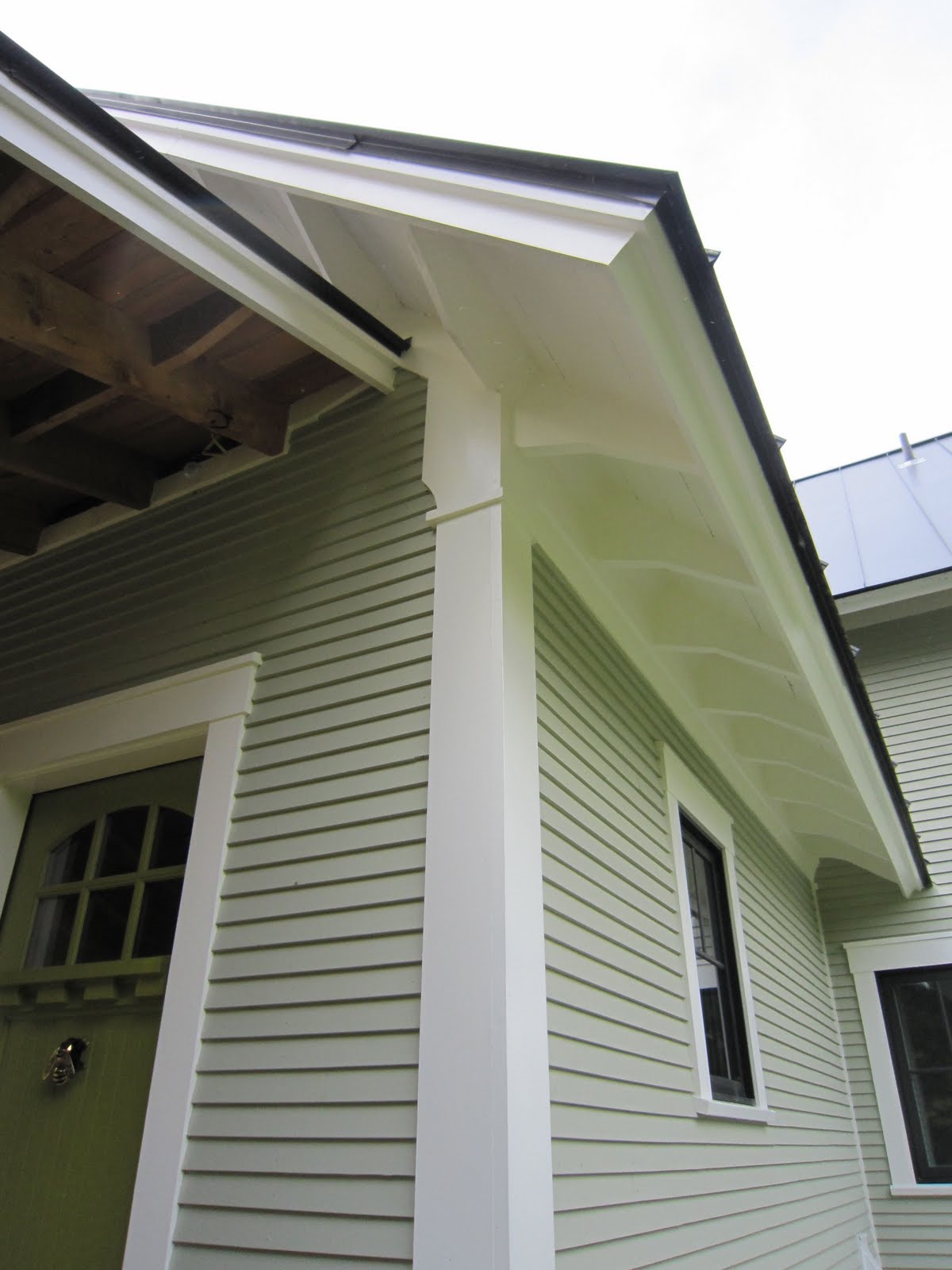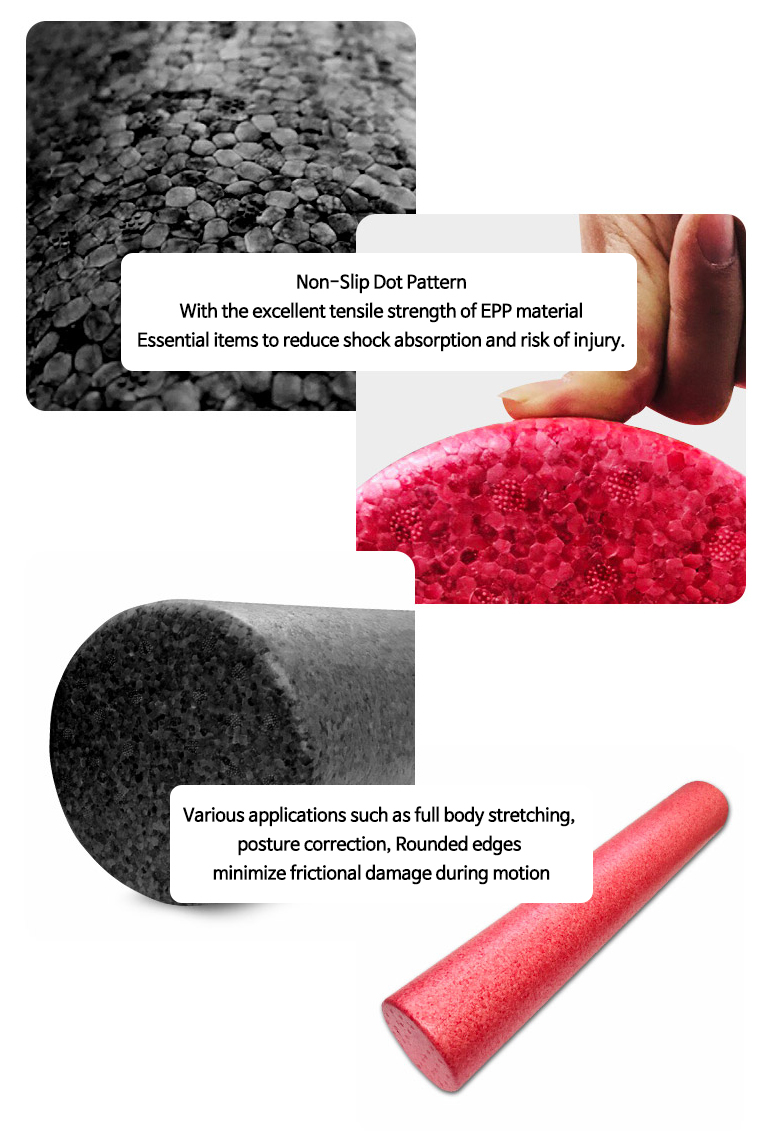Painting an accent wall in a small kitchen can be a great way to add a pop of color and personality to your space. The first step in this process is choosing the right color for your accent wall. It's important to consider the overall color scheme of your kitchen and choose a color that will complement it. You can also use color psychology to help guide your decision. For example, bold and warm colors like red, orange, and yellow can make a space feel more energetic and lively, while cool colors like blue and green can create a calming and relaxing atmosphere.1. Choosing the Right Color for Your Accent Wall
Before you start painting, it's important to properly prepare the wall. This will ensure that the paint adheres well and the end result is smooth and professional-looking. Start by cleaning the wall with a mild detergent and warm water to remove any dirt, grease, or grime. Then, use a sanding block to lightly sand the surface and create a rougher texture for the paint to grip onto. Finally, wipe down the wall with a damp cloth to remove any dust or debris.2. Preparing the Wall for Painting
Painting can be a messy process, so it's important to protect your kitchen surfaces and floors from any accidental drips or spills. Lay down drop cloths or plastic sheeting to cover your countertops, cabinets, and floors. You can also use painter's tape to protect the edges of your cabinets, appliances, and backsplash from any paint splatters.3. Protecting Your Kitchen Surfaces and Floors
If you want to create a clean and crisp look for your accent wall, painter's tape is your best friend. Use it to mark off the edges of your accent wall, creating straight lines and preventing any paint from bleeding onto other surfaces. Make sure to press down firmly on the edges of the tape to create a tight seal and prevent any paint from seeping underneath.4. Using Painter's Tape to Create Clean Lines
Priming is an important step in the painting process, especially for accent walls. It helps the paint adhere better and can also help cover up any imperfections on the wall. Use a high-quality primer and apply it to the wall with a roller or brush, making sure to cover the entire surface evenly. Allow the primer to dry completely before moving on to the next step.5. Priming the Wall Before Painting
Now comes the fun part – painting! Start by using a small brush to paint along the edges of your accent wall, making sure to stay within the lines of your painter's tape. Then, use a roller to paint the rest of the wall, working in small sections and using a W motion to evenly distribute the paint. It's important to apply a thin and even coat of paint, as this will help prevent drips and ensure a smooth finish.6. Applying the First Coat of Paint
For a more vibrant and bold color, you may need to apply a second coat of paint. Once the first coat is completely dry, use the same techniques as before to apply the second coat. This will help deepen the color and create a more dramatic effect. If you're using a dark color, you may need to apply a third coat for full coverage.7. Adding a Second Coat for a More Vibrant Color
Painting an accent wall in a small kitchen can be tricky, especially when it comes to reaching tight corners and edges. To make this process easier, use a small roller specifically designed for these hard-to-reach areas. This will help you achieve a smooth and consistent finish without having to bend and stretch in uncomfortable positions.8. Using a Small Roller for Hard-to-Reach Areas
If you want to take your accent wall to the next level, consider adding some decorative touches like stencils or stripes. These can be a fun and creative way to add some extra personality to your kitchen. Use painter's tape to mark off your desired design and then use a small brush or roller to carefully fill in the stencil with a contrasting color. For stripes, use a ruler to create straight lines and alternate between painting and taping off sections.9. Adding Decorative Touches Like Stencils or Stripes
Once you're happy with the look of your accent wall, it's time for the finishing touches. Carefully remove the painter's tape while the paint is still wet for clean and crisp lines. Then, allow the paint to dry completely before putting your kitchen back together. Finally, clean up any paint brushes, rollers, and other supplies with warm water and soap. Step back and admire your beautifully painted accent wall in your small kitchen!10. Finishing Touches and Clean Up
The Power of an Accent Wall in a Small Kitchen

Creating Dimension and Visual Interest
 One of the most effective ways to transform a small kitchen is through the use of an
accent wall
. While painting all the walls in a small kitchen the same color may seem like the logical choice, incorporating an accent wall can add much-needed dimension and visual interest to the space. By painting just one wall a
bold color
or using a
striking wallpaper
, you can instantly draw the eye and create a focal point in the room. This can make the space feel larger and more visually appealing.
One of the most effective ways to transform a small kitchen is through the use of an
accent wall
. While painting all the walls in a small kitchen the same color may seem like the logical choice, incorporating an accent wall can add much-needed dimension and visual interest to the space. By painting just one wall a
bold color
or using a
striking wallpaper
, you can instantly draw the eye and create a focal point in the room. This can make the space feel larger and more visually appealing.
Making a Statement
 Not only does an accent wall add dimension and interest, but it also allows you to
make a statement
with your kitchen design. Whether you choose a
vibrant color
or a
bold pattern
, the accent wall can reflect your personal style and add personality to the space. It can also serve as a conversation starter when entertaining guests, making your small kitchen stand out in a memorable way.
Not only does an accent wall add dimension and interest, but it also allows you to
make a statement
with your kitchen design. Whether you choose a
vibrant color
or a
bold pattern
, the accent wall can reflect your personal style and add personality to the space. It can also serve as a conversation starter when entertaining guests, making your small kitchen stand out in a memorable way.
Defining the Space
 In a small kitchen, it's important to
define the space
and create different zones for cooking, dining, and storage. An accent wall can help with this by acting as a visual divider between different areas. For example, you can paint the accent wall behind the dining table to separate it from the cooking area. This not only adds visual interest but also helps to organize the space and make it feel more functional.
In a small kitchen, it's important to
define the space
and create different zones for cooking, dining, and storage. An accent wall can help with this by acting as a visual divider between different areas. For example, you can paint the accent wall behind the dining table to separate it from the cooking area. This not only adds visual interest but also helps to organize the space and make it feel more functional.
Choosing the Right Color or Pattern
 When it comes to choosing the color or pattern for your accent wall, it's important to consider the overall
color scheme
of your kitchen. You want to choose a color or pattern that complements the existing colors in the room rather than clashes with them. If your kitchen has a neutral palette, you can opt for a
bright color
to add a pop of interest. If your kitchen is already full of colors, a
subtle pattern
or
textured wallpaper
can add depth without overwhelming the space.
In conclusion, painting an accent wall in a small kitchen can have a huge impact on the overall design. It adds dimension, makes a statement, defines the space, and can tie the entire room together. So don't be afraid to be bold and experiment with different colors and patterns to find the perfect accent wall for your small kitchen.
When it comes to choosing the color or pattern for your accent wall, it's important to consider the overall
color scheme
of your kitchen. You want to choose a color or pattern that complements the existing colors in the room rather than clashes with them. If your kitchen has a neutral palette, you can opt for a
bright color
to add a pop of interest. If your kitchen is already full of colors, a
subtle pattern
or
textured wallpaper
can add depth without overwhelming the space.
In conclusion, painting an accent wall in a small kitchen can have a huge impact on the overall design. It adds dimension, makes a statement, defines the space, and can tie the entire room together. So don't be afraid to be bold and experiment with different colors and patterns to find the perfect accent wall for your small kitchen.























































































































